Dinesh Elumalai looks at the past and the future of self-driving cars, and how this technology will make rides safer
Back in the days when driver assistance systems were still only fantastical musings of science fiction, engineers and technicians were busy trying to make it into a scientific fact. Automated driving is only now becoming a reality, and a still a limited one at that. As such the road ahead is longer than the road behind, and the automotive industry will undergo even more significant change in the coming ten years than it did in the past three decades.
Autonomous vehicles, often known as self-driving cars, have long piqued the interest of the public. This formerly science fiction-sounding concept is now much more attainable because of recent advancements in sensors and artificial intelligence. Fully autonomous automobiles are currently being developed, however many new cars on the road today already have “driver assist” features.
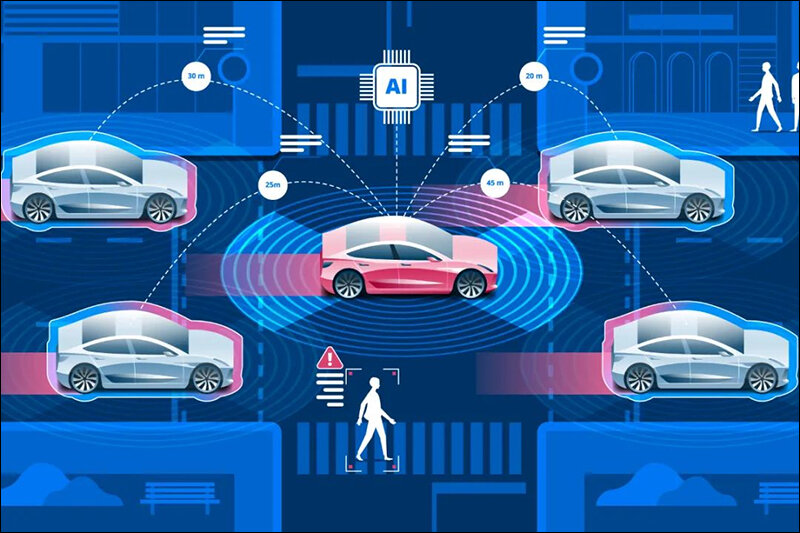
From Level 0 through Level 5, with Level 5 being full automation, SAE (Society of Automotive Engineers) International has established five stages of automation. The most innovative vehicles now on the market are already operating at a Level 2 of automation, and several manufacturers expect to reach higher degrees of automation soon.
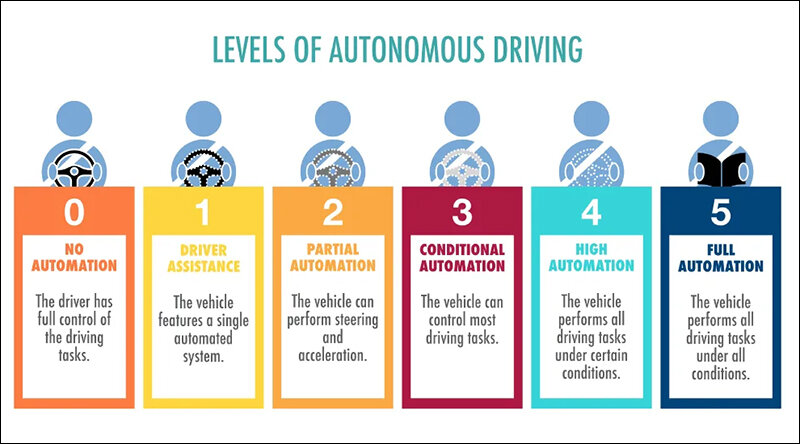
Levels of SAE
- Level 0 – No Automation
- Level 1 – Driver Assistance
- Level 2 – Partial Automation
- Level 3 – Conditional Automation
- Level 4 – High Automation
- Level 5 – Full Automation
No Automation
A Level 0 vehicle is completely incapable of self-driving. All driving is always done by a human. A Level 0 vehicle is not self-driving at all. If you were born in the 1980s, your first car was a Model T, which was a Level 0 vehicle. Realistically, most cars remained at Level 0 until recently.
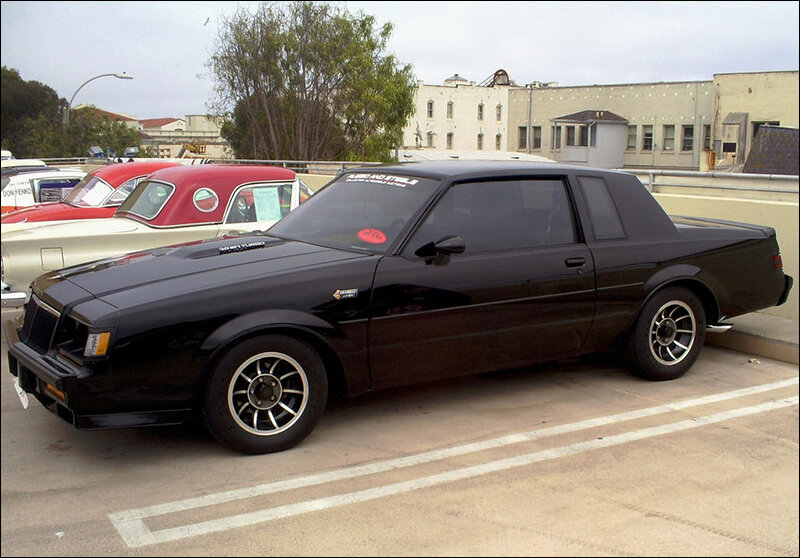
Driver Assistance
Driver assistance is deemed Level 1 automation. The car can steer or control the speed, but not both at once. Examples of Level 1 automation technology include adaptive cruise control and lane assist.
All BMW automobiles feature level one automation, and many even levels two. The latest generation of BMW Personal CoPilot driving assistance technologies provides drivers with on-road support and helps to further secure their comfort and safety. Examples of this include Active Cruise Control with Stop & Go, which varies the distance between you and the vehicle in front of you on its own. Then there is the City Brake Activation with Collision and Pedestrian Warning feature, which uses autonomous braking to avoid collisions.
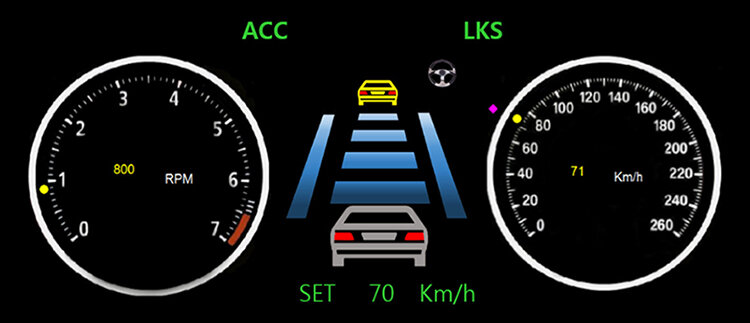
This BMW feature was recognized with the Euro NCAP Advanced Award by the safety-auditing organization as a ground-breaking innovation in accident prevention and passenger protection.
This technology is already present in many autos. Chevrolet debuted many models in 2015, Ford debuted the first pickup truck (an F150) with ACC just a few years ago, and the 2011 Jeep Cherokee has ACC.
Partial Automation
Level 2 automated vehicles can simultaneously control speed and steering but only in specific situations, such as when traveling below a predetermined speed limit. Adaptive cruise control and lane centering technologies might both be active at once in a Level 2 vehicle.
The technology of parking aid is another example (or self-parking). In a Level 2 automated vehicle, the driver must be fully attentive, keep an eye on their surroundings (overseeing the driving automation system), and be prepared to take over the wheel if necessary.
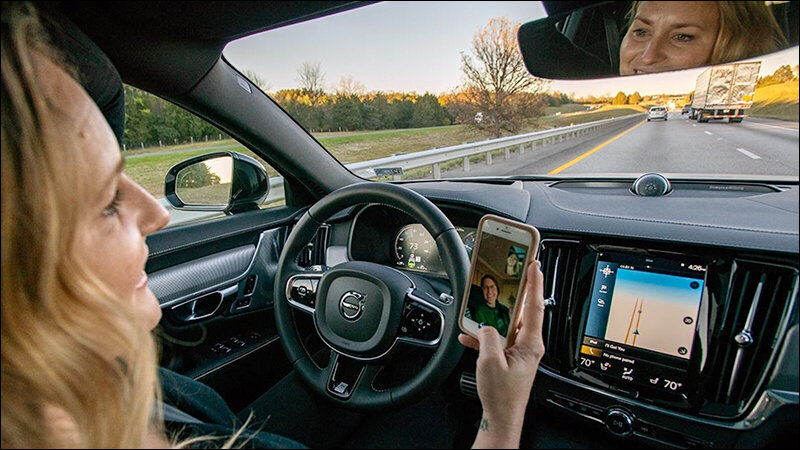
A Level 2 device that excels is GM’s Super Cruise. If your vehicle has Super Cruise, you can remove your hands off the wheel. However, cameras are pointed in your direction, and the system will shut off if it senses you are not looking at the road. Current Level 2 features include Tesla’s Auto-Pilot, which is available on the Model S, X, and 3 (when the add-on is bought).
Conditional Automation
“Conditional automation” refers to Level 3 automation. Under some circumstances, the car can drive by itself because it can regulate its speed and steering simultaneously, as well as keep an eye on its surroundings.
The automobile will normally warn the driver if they need to take over control since the car is no longer in a situation it can handle, but the human driver still needs to be paying attention. For instance, a Level 3 vehicle might navigate a gridlock on a highway, but a human driver would still have to get the vehicle there and back.

Due to the convoluted legal landscape in the U.S., Audi decided to abandon its plans to market the A8 with the Traffic Jam Pilot technology. Audi only allowed the function to operate at slow speeds (up to 37 mph, ideally in stop-and-go traffic) and only in locations where there was a physical barrier separating oncoming vehicles.
High Automation
Autonomous, highly automated Level 4 vehicles can manage most everyday driving situations. In situations where the automated system cannot operate (such as inclement weather), the vehicle will take safety precautions including stopping and pulling over rather than needing the human driver to take control.
By 2026, Honda intends to have a Level 4 vehicle on the market. While several companies, including Lyft, Uber, Google, and others, have been working on Level 4 vehicles for a while, the truth is that each of their vehicles needs a safety driver and undergoes testing that falls between Level 2 and 3. Waymo is an outlier, testing under Level 4 conditions under the Early Access program.
There is no safety driver when you travel in a Waymo vehicle (although there are exceptions to this). However, they restrict the circumstances under which the vehicles are allowed to operate, in part by conducting testing in Arizona and taking advantage of the state’s normally dry climate.
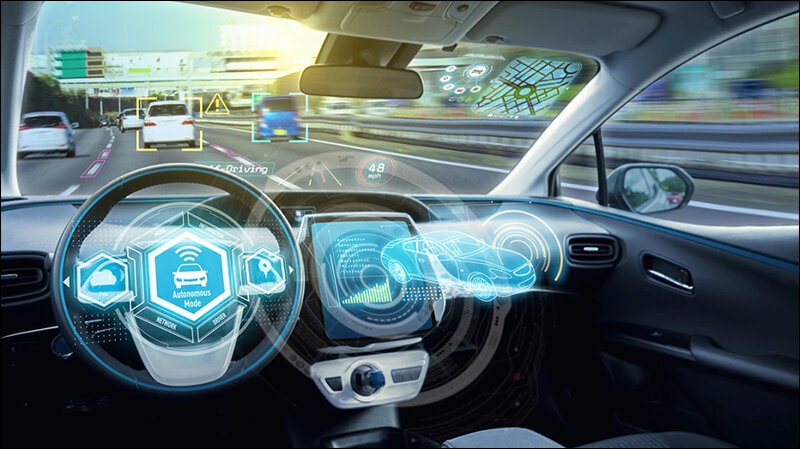
Full Automation
The lofty ideal of having no need for a human driver is full automation. It is possible that you will just have to drive as a passenger. Level 5 is the car that drives you, if Level 0 is the car you drive. There is already a Level 5 vehicle on the road. But instead of carrying passengers, you will not see it doing so.
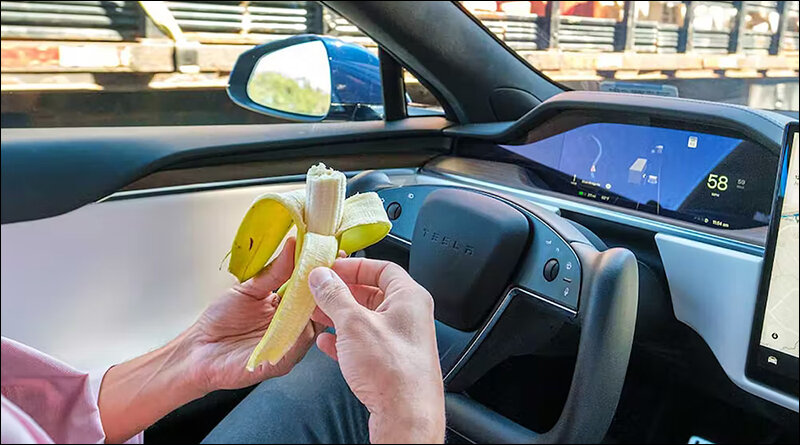
The vehicle is operated autonomously; the steering wheel is non-existent. They have minimized the variables to achieve full autonomy more quickly by restricting the vehicle’s range and speed. However, autonomous high-speed vehicles carrying passengers are still a long way off.
The problems beyond Technology
Future challenges for automobile manufacturers will not just be technological. We must properly standardize the legislation and come to terms with several significant issues. Who is responsible, for instance, if a fully automated car strikes another vehicle? Or the traveler who wasn’t behind the wheel? The maker of the defective code? What type of insurance covers the damage?
Most Americans currently lack the trust necessary to allow a computer to manage the extremely sensitive path of traversing our highways, so automakers will also need to persuade consumers to relinquish control.
Fully autonomous vehicles are still a way off, and even then, they will only be found in high-end vehicles. The future? One day, when computers have replaced human driving behaviors as the safest option, our children or grandkids may look back on us with shock.



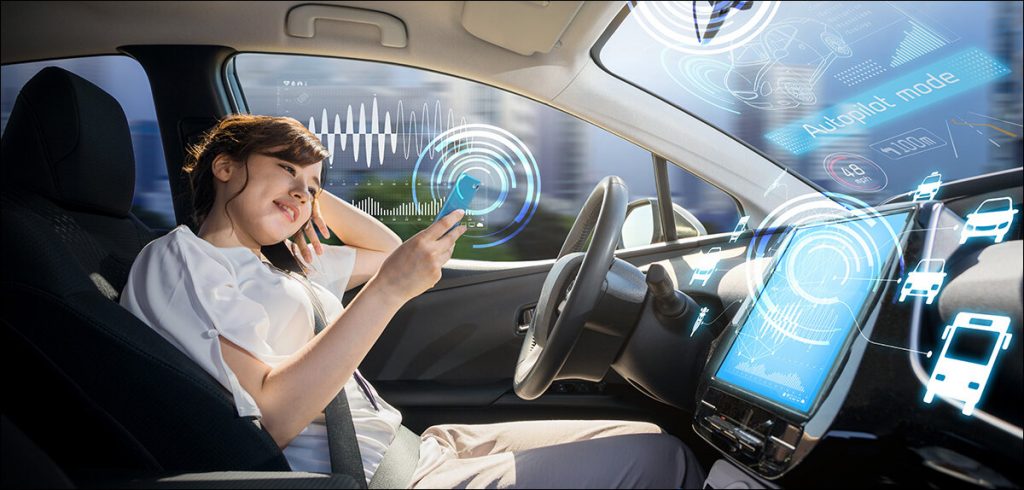






1 Comment
I feel very grateful that I read this. It is very helpful and very informative and I really learned a lot from it.